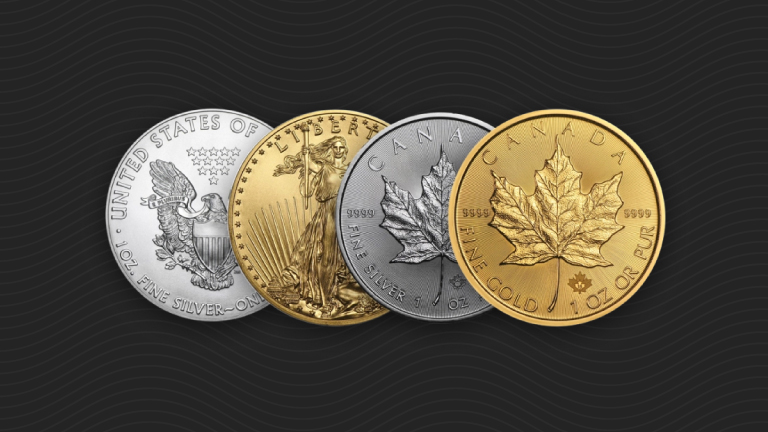
Advances on the Swiss Gold Front (Video)
Last month we reminded you of the upcoming “Save Our Swiss Gold” initiative in Switzerland. This is a direct democracy vote in Switzerland that, if passed, would force the Swiss government to amend its constitution with respect to the way the Swiss National Bank (SNB) operates. These are the major points: SNB will repatriate and […]





